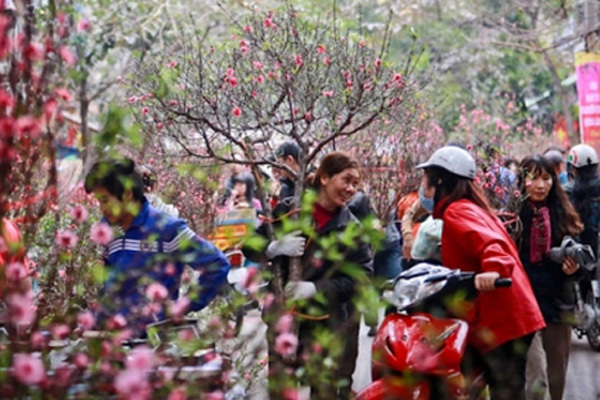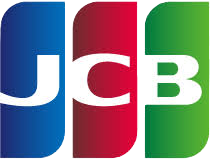Tết Nguyên Đán, or the Lunar New Year, is the most important traditional celebration in Vietnam. It marks the arrival of spring and is a time for family reunions, honoring ancestors, and wishing for a prosperous and lucky year ahead. Tết is not just a holiday to relax; it is a deeply cultural event that reflects the values of family, respect, and tradition.

The Meaning of Tết Nguyên Đán
Tết Nguyên Đán signals the end of winter and the beginning of a new lunar year, symbolizing new beginnings, growth, and renewal. The holiday is a time for people to express their gratitude to their ancestors, seek blessings for health and prosperity, and spend time with loved ones. It is also seen as a way to let go of the hardships of the past year and start fresh with positive energy.
For Vietnamese people, Tết is more than just a New Year celebration – it is a moment to honor family bonds, reflect on the past, and look forward to a bright future.
Customs and Traditions
One of the most important customs during Tết is cleaning and decorating the home. It is believed that by cleaning, people sweep away bad luck and make room for good fortune. In the north of Vietnam, families often decorate their homes with peach blossom trees (hoa đào), while in the south, the symbol of the holiday is the yellow apricot blossom (hoa mai).
On the eve of Tết, families hold a grand feast, pay respects to their ancestors, and prepare offerings to ensure the family’s well-being in the coming year. The most significant event is the “cúng giao thừa” (New Year’s Eve ceremony), where people pray for peace, health, and prosperity.
On the first day of the New Year, people dress in new clothes, visit relatives and friends, and exchange well-wishes. A popular tradition is “lì xì” or giving red envelopes filled with money to children and younger people, symbolizing the transfer of good fortune and blessings.
Traditional Foods of Tết
Food plays a central role in the Tết celebration. Some of the most iconic dishes include bánh chưng (square sticky rice cakes) in the north and bánh tét (cylindrical sticky rice cakes) in the south. These cakes are made from glutinous rice, pork, and mung beans, wrapped in banana leaves, and are believed to represent the Earth and sky. Other typical dishes include boiled chicken, pickled onions, and a variety of sweet and savory treats like dried fruits, nuts, and candied fruits, known as “mứt Tết.”
Tết Around the World
While Tết is traditionally celebrated in Vietnam, it is also observed by Vietnamese communities around the world, especially in countries with large Vietnamese populations such as the United States, Canada, Australia, and France. Vietnamese expatriates living abroad often come together to celebrate Tết, sharing their cultural traditions, food, and festivities with others. It is a time for them to reconnect with their roots and introduce their customs to their international friends and neighbors.
Though the specific customs and foods may vary by region, Tết is universally a time for family, reflection, and the hope for a bright and prosperous year ahead.
Conclusion
Tết Nguyên Đán is not just a holiday; it is a meaningful celebration that embodies the values of family, respect, and tradition. It’s a time to cherish relationships, reflect on the past, and look forward to new beginnings. If you ever have the chance to visit Vietnam during Tết, you will experience a warm, vibrant, and joyful atmosphere that showcases the country’s rich cultural heritage. Whether in Vietnam or abroad, Tết is a time for people to come together and celebrate life, family, and the future.









